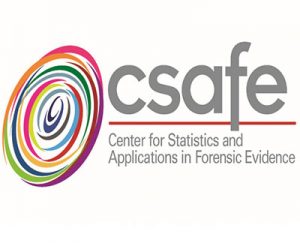Marina Medvin published a new article Thursday titled “Framed By Your Own Cells: How DNA Evidence Imprisons The Innocent.” Medvin argues that new technologies that allow DNA to be analyzed from increasingly small samples present a risk of error due to transfer. She warns that current FBI standards for DNA analysis do not safeguard against the transfer of small amounts of DNA between samples through contact with lab surfaces, and that DNA left though secondary transfer is sometimes confused by juries, DNA analysts, and prosecutors as DNA left through direct contact. Medvin focuses on three cases in secondary transfer issues were important: the cases of Amanda Knox, Lukis Anderson, and Daniel Holtzclaw. Medvin says: “As of now, anytime we touch a public surface, we remain fair game for criminal suspicion based on touch-transfer DNA.”
Read Medvin’s article athttps://www.forbes.com/sites/marinamedvin/2018/09/20/framed-by-your-own-cells-how-dna-evidence-imprisons-the-innocent/#63437af94b86.


Leave a Reply